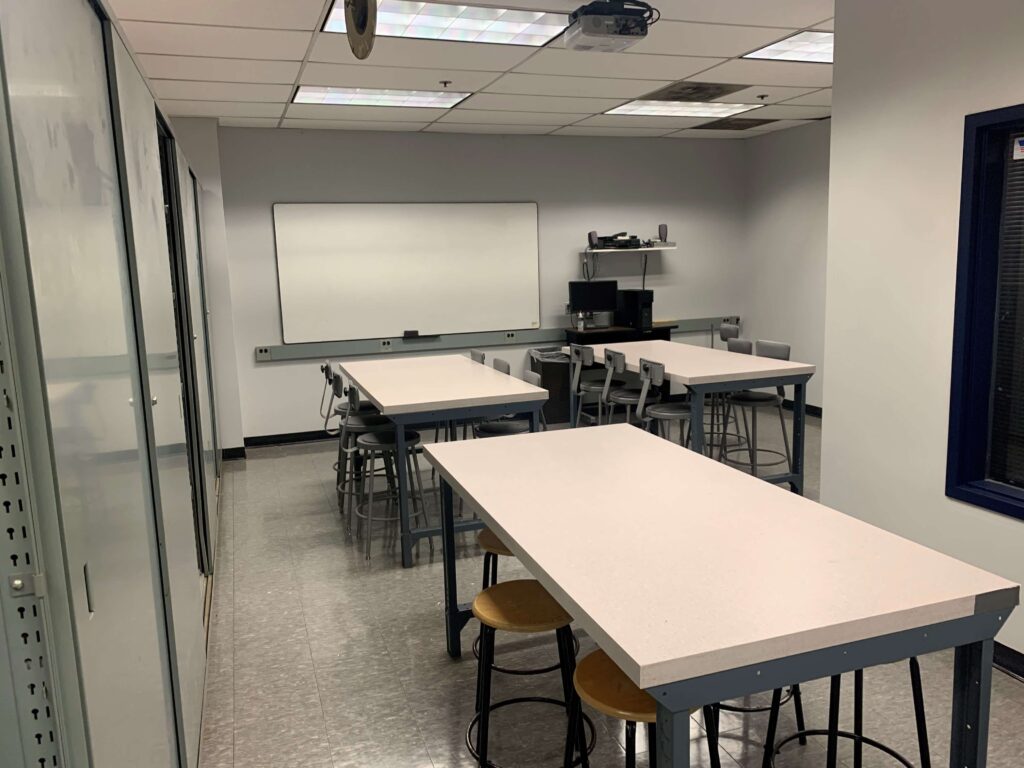New Jersey Institute of Technology Makerspace Gets a SMARTdesks Makeover

SMARTdesks completed a makeover of the Dieter Weissenrieder Industrial and Manufacturing Engineering Lab in time for the 2021-2022 school year, when incoming students will take on a new set of mechanical, electrical, and industrial engineering challenges. Daniel Brateris, Director of Experiential Learning at NJIT, explained how he decided to work with SMARTdesks and the role the new classroom will have in the engineering curricula. Undergraduate students at NJIT in mechanical, manufacturing, and industrial engineering tracks benefit from instructional modes that blend lecture-based STEM classes with hands-on experience using engineering and programming software. Brateris said, “In the renovated lab, we wanted to have the computers and then put them away. For a lot of our lecturing, we don’t want people to have a computer because we want to be sure their attention is on us. When I teach, I don’t like having tests, but sometimes it’s the only way to verify that people are actually learning and at the same time, you can’t put everything on the test. So, you have to make sure your audience – your students – are paying attention. That’s one of the hardest things to do in a classroom, especially if you have a class that requires computers. You can walk around at the same time you’re lecturing, and people have YouTube up; the list of distractions goes on and on.”
Before:


After:


Motorless Monitor Lift Desks

Looking to give your classroom a lift? Check out the Motorless Monitor Lift Desks from SMARTdesks. Ideal for classrooms, computer labs, and multi-use spaces when you need technology one moment, and not the next. Available in custom finishes to suit your organization.
Motorless Monitor Lift Mechanism

Have the desk already, but want the monitor lift? No problem! The SMARTdesks Motorless Monitor Lift is available as a retrofit kit for existing desktops. Check it out.





